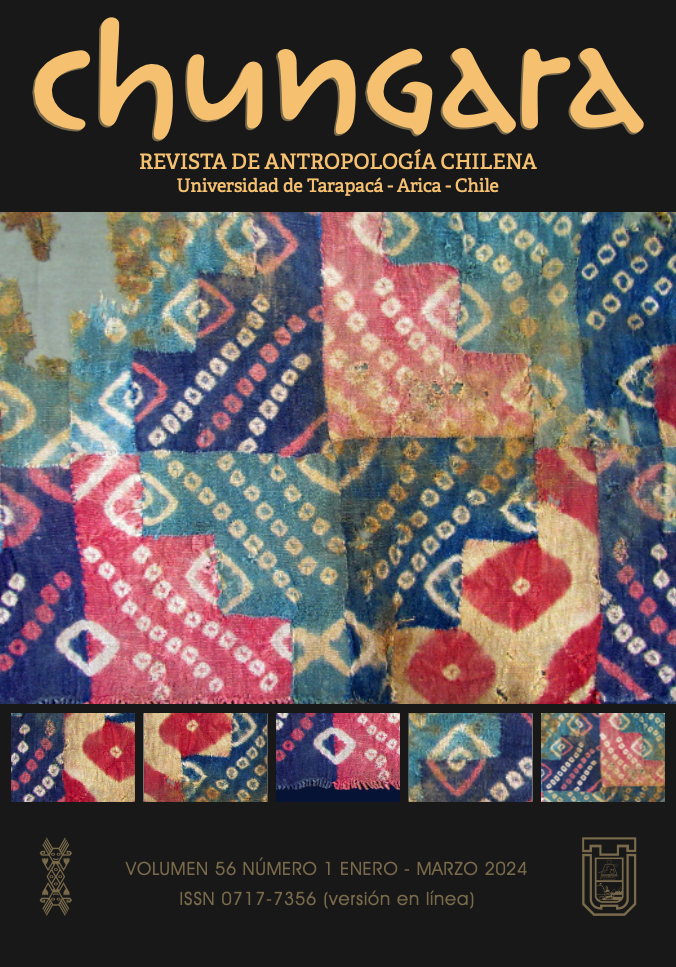20225404(en)/10 - Periapical Lesions in Human Remains of Hunter-Gatherers from Southern Patagonia Corresponding to the Late Holocene
PERIAPICAL LESIONS IN HUMAN REMAINS OF HUNTER-GATHERERS FROM SOUTHERN PATAGONIA CORRESPONDING TO THE LATE HOLOCENE
LESIONES PERIAPICALES EN RESTOS HUMANOS DE CAZADORES-RECOLECTORES DE PATAGONIA AUSTRAL CORRESPONDIENTES AL HOLOCENO TARDÍO
Cynthia Daniela Pandiani, Gustavo Flensborg, Claudia Aranda, Leandro Luna y Jorge Suby
Periapical lesions (PL) are a set of destructive dental pulp pathologies, infectious in nature, that affects the root end of the teeth. Information about the infectious processes of the oral cavity and how it affected ancient human populations from Southern Patagonia is limited. For this reason, the aim of the research is to evaluate the impact of PL in skeletal remains of Southern Patagonian hunter-gatherers from the Late Holocene, using current diagnostic methodologies. The sample includes 38 adult and non-adult skulls of both sexes. The lesions were classified into granulomas, cysts, and chronic abscesses, while frequencies were calculated according to sex, age, and the skeleton’s provenance. PL were only recorded in adult individuals (43.3%; 13/30), more frequently in middle-aged adults (58.3%), and without differences between sexes. Twenty-seven PL were identified, of which cysts were the most frequent (26.6%). Correlation analysis indicated a low association between PL and dental wear, caries, and antemortem dental lost, although its association cannot be completely rejected. Finally, the prevalence of PL was similar to what was previously seen in hunter-gatherer groups by other authors, without differences between terrestrial and marine lifestyles.







